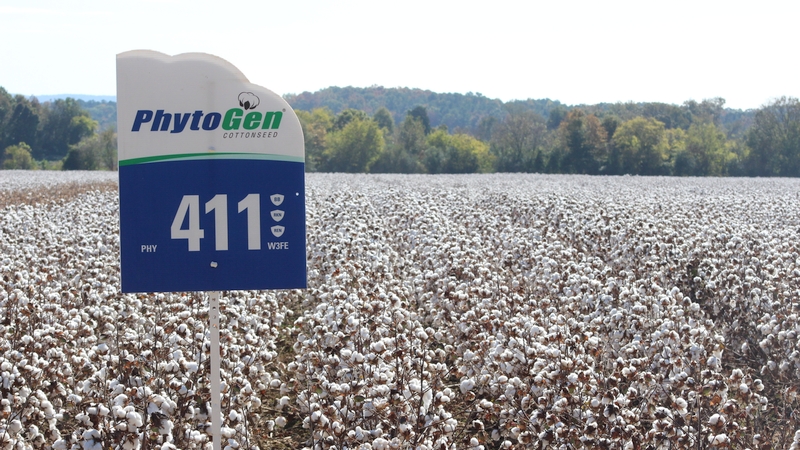2022 IN REVIEW: Making Cotton More Competitive
In 2022, the National Cotton Council (NCC) was very active on matters affecting cotton growers’ competitiveness.
The NCC testified at multiple Congressional hearings about what is working in the current farm law, including crop insurance policy, and what are the needs in upcoming 2023 farm law reauthorization. NCC Chairman Ted Schneider, a Louisiana producer, also appointed an NCC Farm Policy Task Force with representation from the seven segments. This panel is charged with developing our farm bill priorities by early next year.
As exports are critical to U.S. cotton’s viability, we stand to benefit from a bill introduced in the Senate and awaiting companion House legislation that would double funding for USDA’s Market Access Program and Foreign Market Development Program. Utilized by Cotton Council International, both programs are critical to expanding global market access for cotton. The NCC also has been engaging with Congressional appropriations panels to get increased funding for federal research.
A recent significant action was USDA’s inclusion of the Climate Smart Cotton Program in the agency’s Partnership for Climate-Smart Commodities pilot projects. Led by the U.S. Cotton Trust Protocol — the industry’s sustainability initiative — this cotton pilot is receiving $90 million, which will provide technical and financial assistance to more than 1,000 U.S. cotton producers to advance adoption of climate smart practices such as no-till, cover crops, and nutrient management on more than a million acres, producing more than four million bales of Climate Smart Cotton over five years.
Regarding the Trust Protocol, we are pleased that more than 600 producers with an estimated 1.1 million acres now have enrolled. Producers wanting to enroll should be able to complete all requirements in one session in an improved process that allows bales by participating producers to be uploaded into the Protocol platform in a timelier manner. Please email growers@trustuscotton.org for help and answers to questions.
Cotton flow and marketing activities received a major NCC focus this year, including continued testing of bale packaging materials. Testing of a 3-pound cotton bag revealed it to be durable but also very expensive. This fall, the NCC oversaw the testing of that bag and two other lighter weight bags (1.9 pounds and 2.5 pounds) alongside a woven polypropylene bag to determine durability relative to the polypropylene bag. The industry also initiated a third year of testing with new woven polypropylene bags containing blue color for better detection at the gin and mill of pieces that could contaminate yarns.
Unfortunately, we continue to get complaints from mills about blue woven polypropylene being found in bales. Bagging manufacturers, though, are performing additional lamination testing and increasing the quality control checks to make sure these bags are fully meeting the Joint Cotton Industry Bale Packaging specifications. As an industry, we must address these concerns from our mill customers, or we will hear increased calls to move away from woven polypropylene bagging.
On the flip side, a flow issue that has potential to enhance our export growth is the NCC Joint Cotton Fungibility Working Group’s work on identifying options to increase bale fungibility. That’s specifically grouping bales with identical qualities that can be interchangeable in the warehouse while retaining individual bale identity/data. The Working Group also is investigating techniques to increase efficiencies in warehouse bale selection with the objective of enabling mills to have higher quality and consistent lint laydowns.
The NCC also was diligent in engaging with the administration and Congress on supply chain concerns specifically seeking improvements in the ocean, rail, and trucking transportation systems.









